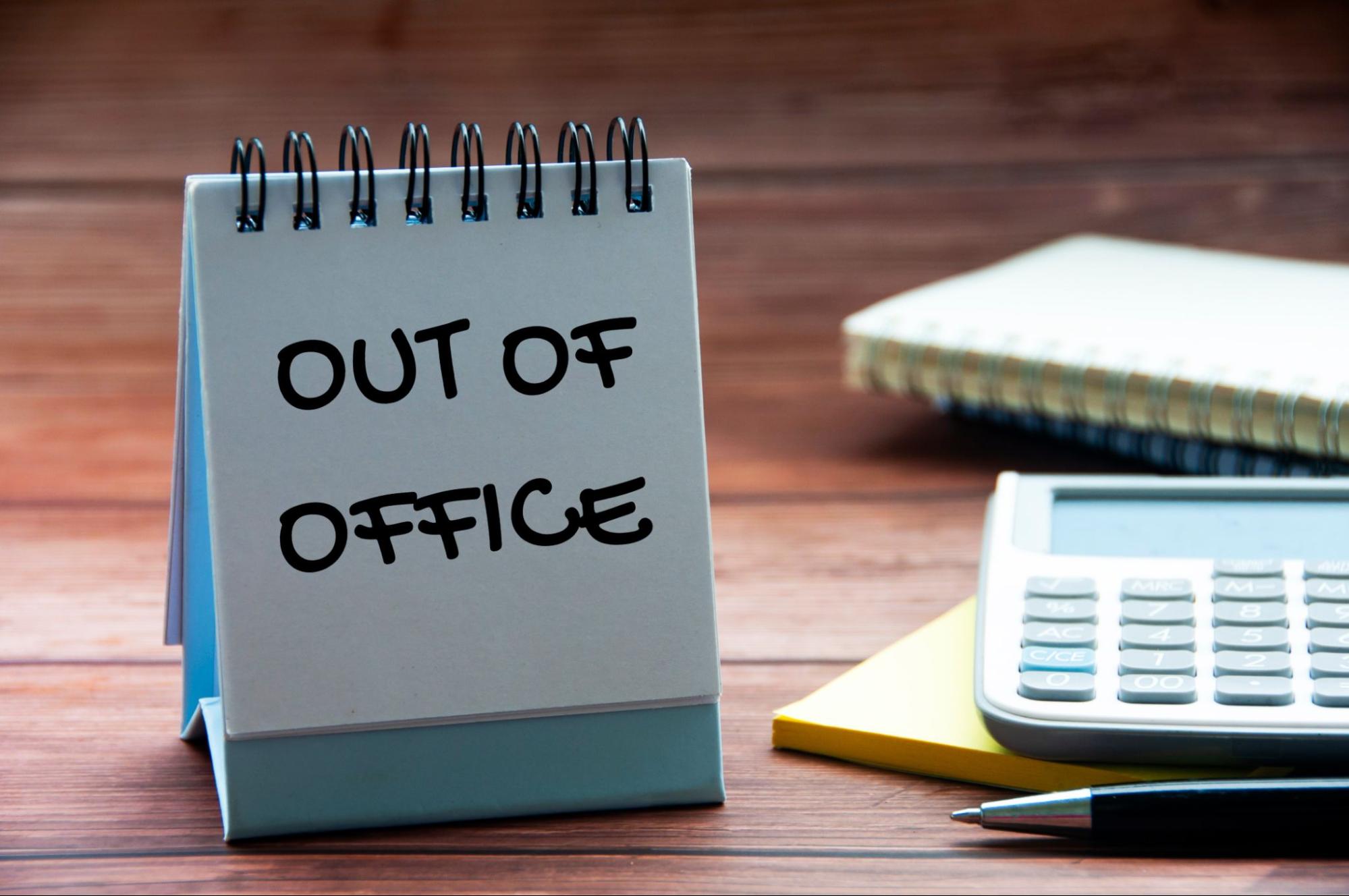Annual leave management is one of the most important HR functions. While often overlooked, inefficient leave management can significantly impact many areas of organizational operations and employee engagement.
It is believed that nearly half of nearly half of corporate and HR leaders cite having ineffective leave management processes, with some still using inaccurate and inefficient manual systems.
The Unseen Cost of Inefficient Annual Leave Management
Unused Annual Leave
While it may sound surprising, not many employees—on average, 70%—use their full annual leave eligibility. While being reliable at work is important, working without prioritising leaves can result in burnout and decreased productivity.
Operational Disruptions
Improper annual leave management can make it difficult for Human resources managers or the HR system, in general, to schedule staff and cause staff shortages or workflow distractions. This overall can influence the efficiency and continuity of business operations during employee absences.
Financial Impact
There are many areas or tasks that connect the HR system and payroll accounting, and annual leave management is one of them. Having inaccurate reports on annual leave can result in overstaffing or the need for temporary recruits, leading to extra expenses. Similarly, not property accounting leave can result in inaccurate payroll records, whether paid or unpaid.
Employee Satisfaction and Retention
Employees who are confident that their annual leave is managed fairly and transparently, allowing them to enjoy the benefit of proper work-life balance are more likely to feel happy and stay with the company. This results in lower employee burnout, frustrations, and resulting turnover rates.
Planning and Communication
Having an HR system that efficiently tracks and maintains annual leave management can help organisations have error-free and efficient workflows.
Employees should be informed clearly about their annual leave policies so they can make informed decisions, which will not result in frustrations later on, especially if they anticipate paid time off.
This includes considering the team’s workload and critical projects to avoid disruptions and to ensure replacements fill the position during an employee’s leave.
Now that Human resources managers have a clear understanding of the need for efficient and accurate annual leave management, here are 5 best practices that can help simplify this task.
1. Follow and Review a Clear Attendance and Annual Leave Policy
Firstly, it is crucial for every company and HR system to have a well-defined attendance and annual leave policy.
The attendance and leave policy should clearly inform employees of how and when they can apply for leave, as well as the procedures for it. It should also explain the pay arrangements, how early they should be informed about annual leave, what happens after they take unauthorized leaves and what kind of disciplinary action might be involved.
This goes a long way toward ensuring that both the employee and employer are on the same page and do not have to face surprises when they want to take leave.
2. Put Their Team on Notice
Whenever an employee requests a leave, and it is approved by the human resource manager, it is important to put a notice to the team the employee works with.
Notifying the team about one of their team members’ annual leave plans can help them manage the work accordingly during their absence. It also allows them to inform HR about any need for a coverup or temporary staff in case of crucial projects with deadlines.
Having an HR system or corporate schedule where managers and team members can see their colleagues’ planned leave can simplify their leave and vacation plans accordingly.
This takes a major hassle from the HR or team managers shoulders and ensures an efficient workflow that is not distracted by employees taking annual leaves, or their off’s overlapping one another.
3. Transfer the Data to the Accounting Team
Annual leave management affects cross-team communication, replacements, and workload adjustments, and it has a direct impact on neat accounting management. This refers to managing paid time off, which includes annual leave.
The problem with many payroll and HR systems is they are maintained through separate platforms, followed by very little automation or integration. This makes it difficult to track and manage the annual leave data that should be recorded for payroll accounting alongside.
It also improves room for errors, which can result in unnecessary expenses or even employee frustration when the paycheck is released.
Customised and automated HR systems can follow best practices of leave management and automate most of the leave-related routines or relevant data for employees, HR teams, managers and accountants.
This integration simplifies the need for multiple reporting, overlooking data, and all the other hassle that comes with a manual HR and payroll system.
4. Communicate any Changes to Leave Protocols as Soon as Possible
Effective communication is key in annual leave management. As human resource managers, the responsibility to ensure a well-defined attendance and leave policy comes with communicating any changes made to these protocols.
This communication can be facilitated through an integrated platform where all the employees can see updates through a single platform and converse on any feedback.
This ensures that employees are on the same page with the company and have an opportunity to express any concerns. It also improves transparency, team culture, and acknowledgement among the workforce.
5. Encourage the Staff to Use Their Holidays
Whenever possible, encourage employees to use their holidays. Remember that having proper annual leave management directly influences employee well-being, satisfaction, engagement, and overall loyalty to the company.
Regularly keep checking on how much leave each employee has, and periodically remind them to put it to good use so there is no risk of everyone in a team trying to take holidays at the same time.
Promoting an organisational culture that encourages a life outside work, where it is acceptable to relax or go on a holiday, results in a more productive and fulfilled workforce.
All It Takes Is the Right HR System
Sometimes, managing an HR task like annual leave management that has an influence on many areas of business operation and overall productivity can sound like a lot.
This is where the use of the right HR system can act as a simplified and one-stop platform that integrates these tasks and keeps things as unified and informed as possible wherever relevant can be beneficial.
It is cost-effective, saves time, reduces errors, and ensures an efficient work culture where both HR managers and employees are happy.





